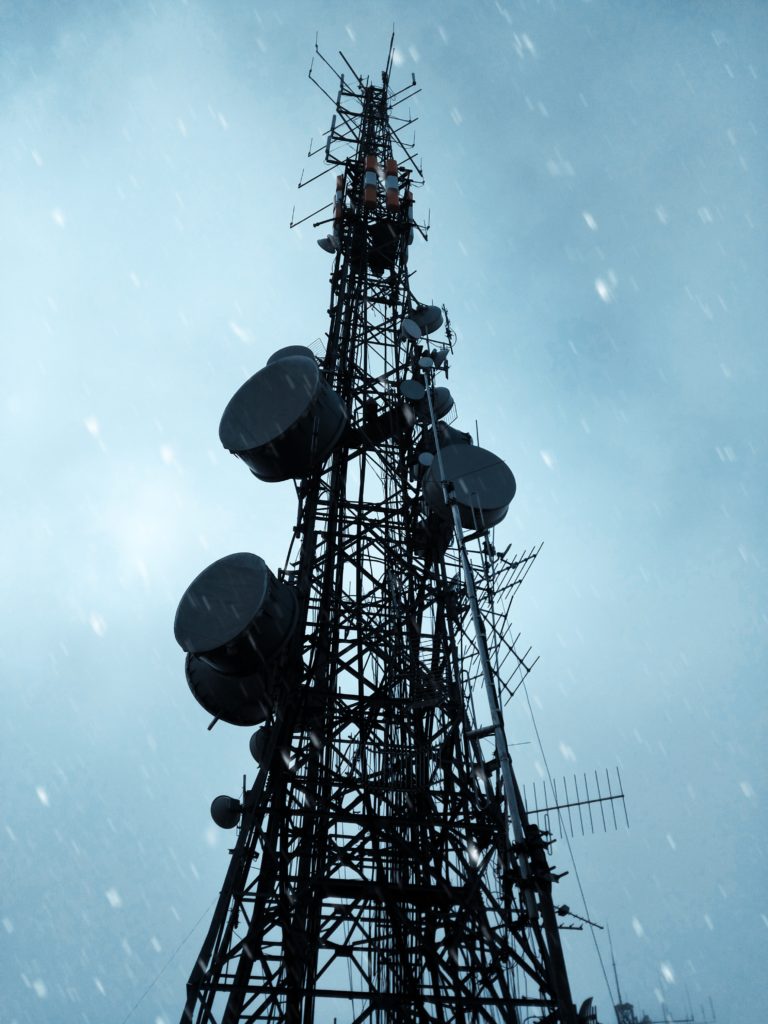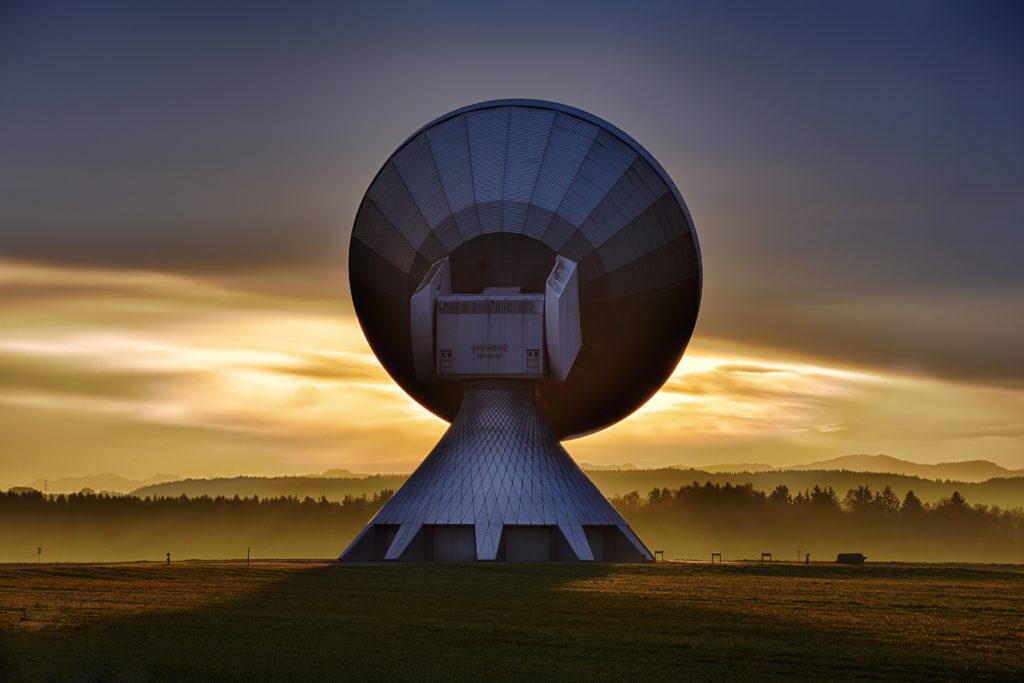The length of the elements of a television antenna is directly related to the wavelength of the frequency of RF (radio frequency) transmissions that it is designed to receive or transmit. Specifically, the length of the elements should be a fraction of the wavelength of the signal.

The most commonly used formula to determine the length of an antenna element is the half-wave dipole formula, which states that the length of a half-wave dipole antenna is equal to half the wavelength of the frequency it is designed to receive or transmit:
Length of antenna element = λ/2
Where λ (lambda) is the wavelength of the frequency in question.
For example, if the frequency of the RF transmission is 500 MHz (megahertz), and the speed of light is approximately 3 x 10^8 meters per second, then the wavelength of the signal would be:
λ = c/f = 3 x 10^8 / 500 x 10^6 = 0.6 meters (or 60 centimeters)
Thus, the length of the antenna element for a half-wave dipole antenna designed to receive or transmit at 500 MHz would be:
Length of antenna element = λ/2 = 0.6/2 = 0.3 meters (or 30 centimeters)
It is important to note that this formula assumes that the antenna is in free space and not influenced by nearby objects or structures. In practice, the length of the antenna may need to be adjusted to compensate for these factors.
Atlanta HDTV Channels 2.1 and 46.1
Note that the channel numbers assigned to these stations are virtual channel numbers, i.e. they have no direct correlation to the exact frequency and wavelength of the signal. To start with, we will refer to these as ABC and CBS, and there actual signal frequencies are different in the digital HDTV spectrum. What does that mean?
According to the FCC filing for Virtual Channel 2, WSB-TV in Atlanta, they are licensed to transmit on RF channel 32 at a frequency of 578.0 Mhz. The FCC document showed the license expiring in 2021, so hopefully they have not jumped to another frequency.
According to the FCC filing for Virtual Channel 46, WANF in Atlanta, they are licensed to transmit on RF channel 19 at a frequency of 500.0 Mhz.
Wavelength of 500 Mhz
To calculate the wavelength of a radio wave at 500 MHz, we can use the formula:
wavelength = speed of light / frequency
The speed of light in a vacuum is approximately 3 x 10^8 meters per second. Therefore, the wavelength of a radio wave at 500 MHz is:
wavelength = 3 x 10^8 / 500 x 10^6 = 0.6 meters
So the wavelength of a radio wave at 500 MHz is 0.6 meters.
Wavelength of 578 Mhz
To calculate the wavelength of a radio wave at 578 MHz, we can use the formula:
wavelength = speed of light / frequency
The speed of light in a vacuum is approximately 3 x 10^8 meters per second. Therefore, the wavelength of a radio wave at 578 MHz is:
wavelength = 3 x 10^8 / 578 x 10^6 = 0.518 meters
So the wavelength of a radio wave at 578 MHz is 0.518 meters or 51.8 centimeters.
How long is an antenna element for a wavelength of .6 meters? That would be .3 times 39.37 or 11.811 inches.
Fractal Antenna for 11.811 inches

A fractal antenna is a type of antenna design that incorporates self-similar patterns at different scales to increase its effective length and improve its performance. One popular fractal antenna design is the Koch snowflake antenna.
The Koch snowflake antenna is a fractal design that is based on the Koch snowflake fractal, which is a self-repeating pattern that can be generated by adding triangular shapes to each side of an equilateral triangle.
To create a Koch snowflake antenna with element lengths of 11.811 inches, we can use the following steps:
- Start with a straight wire that is 11.811 inches long.
- Divide the wire into three equal segments, and add a triangular shape to each segment to create a new shape that resembles an arrowhead.
- Repeat step 2 for each of the three segments of the arrowhead shape to create a new, larger shape.
- Continue this process of dividing each segment into three and adding a triangular shape to create a new shape until the desired size is reached.
Each iteration of this process increases the effective length of the antenna by a factor of 4/3. By repeating this process multiple times, we can create a Koch snowflake antenna with element lengths of 11.811 inches.
It is worth noting that the exact dimensions and number of iterations needed to create an effective fractal antenna will depend on the specific frequency and application for which it is designed.

